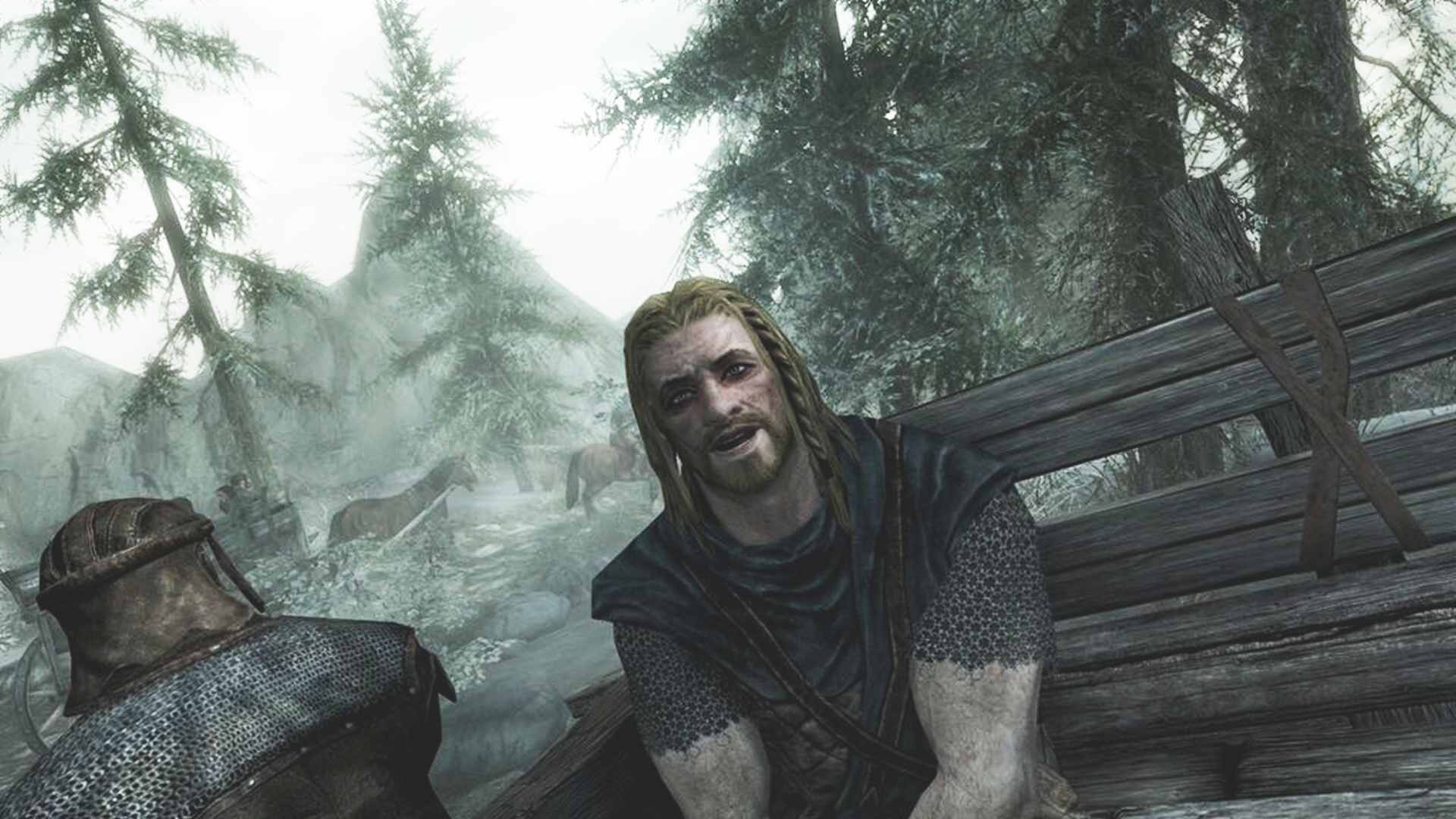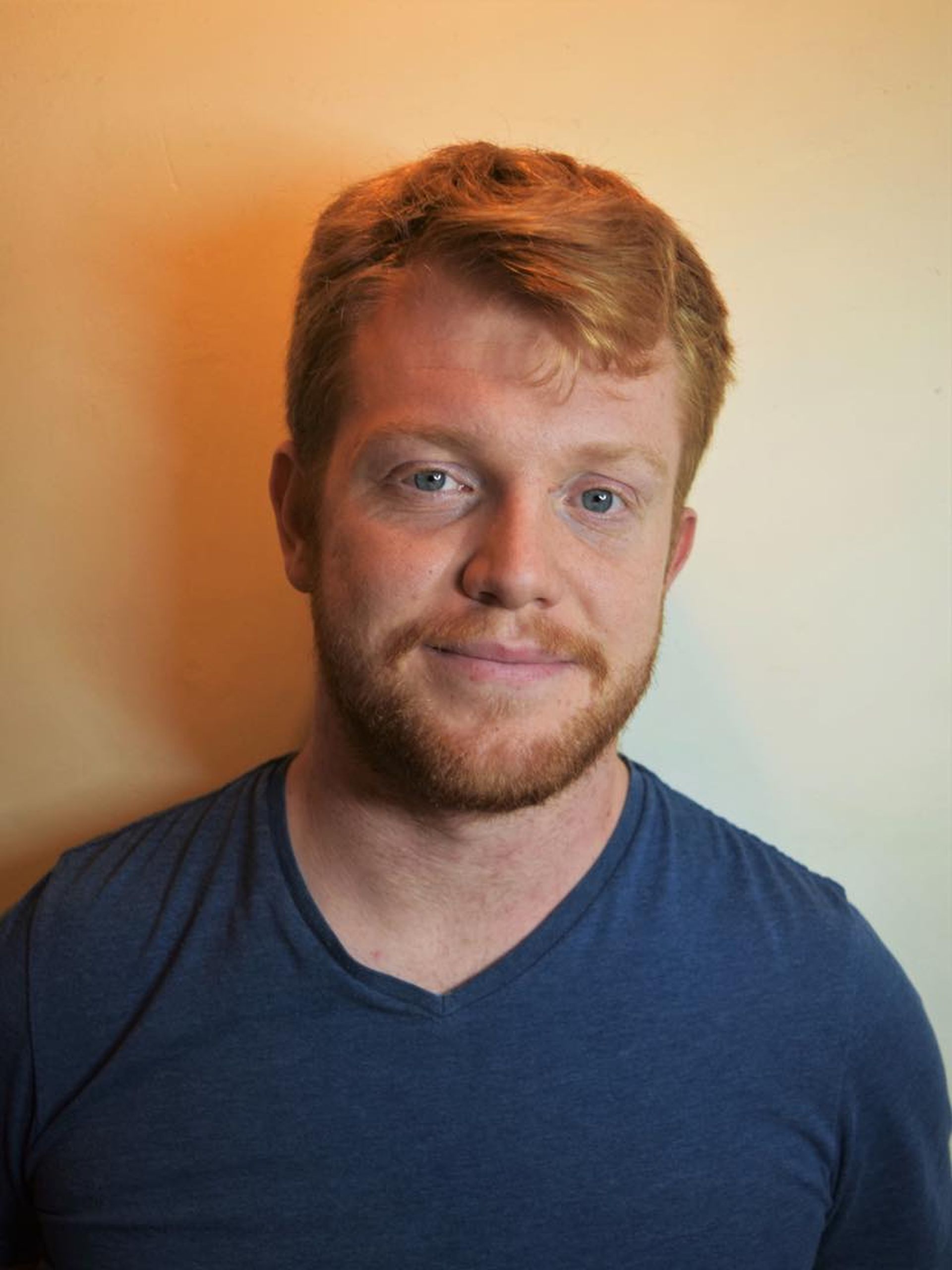
A Bethesda veteran behind Skyrim, Fallout, and Starfield has explained what Bethesda needs to bring to the table to ensure that The Elder Scrolls 6 is a successful sequel.
Bruce Nesmith, whose credits include Daggerfall, Oblivion, Fallout 3, Fallout 4, Starfield, and a role as lead designer on Skyrim, recently spoke to Kiwi Talkz, outlining what makes a good sequel, and what Bethesda needs to do to make sure that The Elder Scrolls 6 lives up to Skyrim.
"When we look at making sequels," Nesmith explains, "you're looking at a couple of different things. You have to look at 'what should I do the same, what should I do different, and what should I do new?' And you have to have something significant in each of those buckets. If a sequel does not contain something different than the previous ones, then it's only tangentially an actual sequel."
Nesmith goes into the idea that players want a sense of familiarity between games, and points to one thing that The Elder Scrolls 6 will likely have to keep: "If Bethesda made a new Elder Scrolls game and it didn't have the material set that they were used to - the Elven, Daedric, Orcish, Glass, etc - that would probably disappoint some people."
Of course, not everything remains the same. Nesmith points to Fallout 4's dialogue system, which "didn't go over so well - you'll notice it got pulled out for subsequent projects. Starfield didn't have that, it had the Skyrim-style dialogue system." Those are examples of things that are changed, or things that stay the same, but crucially, a sequel also has to have something new.
"If you aren't putting something new on the table, then it's like 'well I played that already'. We had a number of new things in Skyrim, dragons being the number one thing, but also the whole radiant story system, where the world becomes highly responsive to the players' actions." That system, Nesmith says, went down particularly well, but a full-fat sequel has "to have all three of those buckets."
Of course, we know that we're still some way from The Elder Scrolls 6, which moved out of pre-production last year. For Nesmith, the entire project is a bit of an albatross around Bethesda's neck, as he thinks it's "almost impossible" for the game ot live up to the expectations set by Skyrim. Still, he does at least think that Todd Howard will be sticking around to ship it - even if the Bethesda icon does have "two dozen" projects on his desk at any one time.
Sign up to the GamesRadar+ Newsletter
Weekly digests, tales from the communities you love, and more
Hey, maybe one of those is even Fallout 5.

I'm GamesRadar's news editor, working with the team to deliver breaking news from across the industry. I started my journalistic career while getting my degree in English Literature at the University of Warwick, where I also worked as Games Editor on the student newspaper, The Boar. Since then, I've run the news sections at PCGamesN and Kotaku UK, and also regularly contributed to PC Gamer. As you might be able to tell, PC is my platform of choice, so you can regularly find me playing League of Legends or Steam's latest indie hit.


